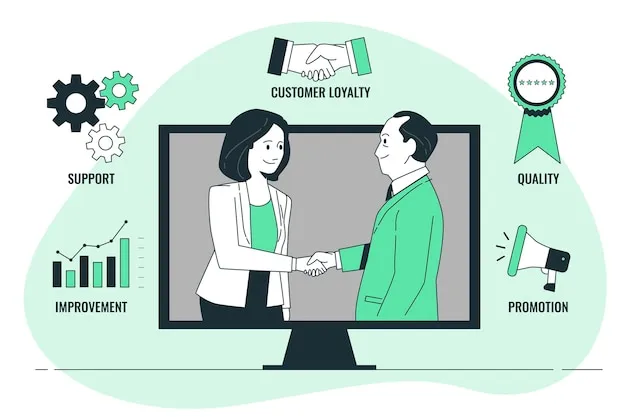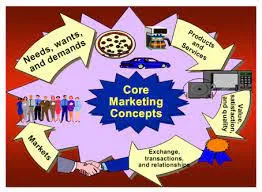There are mainly three retention building approaches to form good customer relationships, which we are looking at in this article.

Table of Contents
1. Adding Financial Benefits
The financial benefits that companies can offer are frequencyFrequency is the number of occurrences( repetition or oscill... More programs and clubs marketing programs. FrequencyFrequency is the number of occurrences( repetition or oscill... More programs are designed to provides rewards to customers who buy frequently and in substantial amounts. For example, Mobile Telecommunication Companies in Nigeria used this promotion strategy through rewards of bonuses and other various gifts to their frequent users of their products FrequencyFrequency is the number of occurrences( repetition or oscill... More programs are seen as a way to build long-tern loyalty, with these customers, potentially creating cross-selling opportunities in the process.
It should however be noted that the first company to introduce an frequencyFrequency is the number of occurrences( repetition or oscill... More programs gains the most benefit, especially if competitors are slow to respond. After competitors respond, frequencyFrequency is the number of occurrences( repetition or oscill... More programs (FP) can become a financial burden to all the offering companies, but some companies are more efficient and creative in managing FPs
Many companies have created club membership programs. Club membership can be open to everyone who purchases a product or service, or it can be limited to an affinity group or to those willing to pay a small fee. Although open clubs are good for building a database or snagging customers from competitors, limited membership clubs are more powerful for long term loyalty builders. Fees and membership conditions prevent those with only a fleeting interest in a company’s products from joining. Those clubs attract and keep those customers who are responsible for the largest portion of business.
Adding Social Benefits
Company personnel works on cementing social bonds with customers by individualizing and personalizing customer relationship. In essence, companies turn their customers into clients. Donnelly, Berry and Thompson as reported by Keller and Kotler (2006) observed that “customers may be nameless to the institution; clients cannot be nameless. Customers are served as part of the mass or as part of longer segments; clients are served on an individual basis Customers are served by anyone who happens to be available; clients are served by the professional assigned to them.”
E-commerce companies looking to attract and retain customers that personalization goes beyond creating customized information. For examples, the Skype website offers opportunities to the viewers to talk with the viewer. Another benefit of providing lives sales assistance as advertised on the website is the ability to sell additional items. For Instance, a Dallas-based specialty chain, the container store reaps the benefits of using live customer service personnel to augment its online orders
Adding Structural Ties
The company may supply customers with special equipment or computers with special equipment or computer links that help customers manage orders, payroll and inventory. A good example is McKesson Corporation, a leading pharmaceutical wholesaler, which invested millions of dollars in FDI capabilities to help independent pharmacies manage inventory, order-entry processes and self space. Another example is Milliken and Company, which provides proprietary software programs, marketing research, sales training and sales lead to loyal customers.
Below is a misconception about adding structural ties as reported by LesterWunderman, an astute observer of contemporary marketing thinks about “Loyalizing” customers misses the point. People can be loyal to country, family and beliefs, but less to their toothpaste, soap or even beer. However, the marketer’s aim should be to increase the consumer’s proclivity to repurchase the company’s brand.
Reasons for not Adopting CRM
Listed below are some of the reasons why some companies failed to adopt CRM system
1. CRM is regarded as a mere add-on application that is expected to resolve all customer interface difficulties
2. Failure of systems to accommodate the wide array of relationships that organizations seek to manage
3. Failure to adopt CRM within a strategic orientation
Internal political issues concerning ownership of systems


